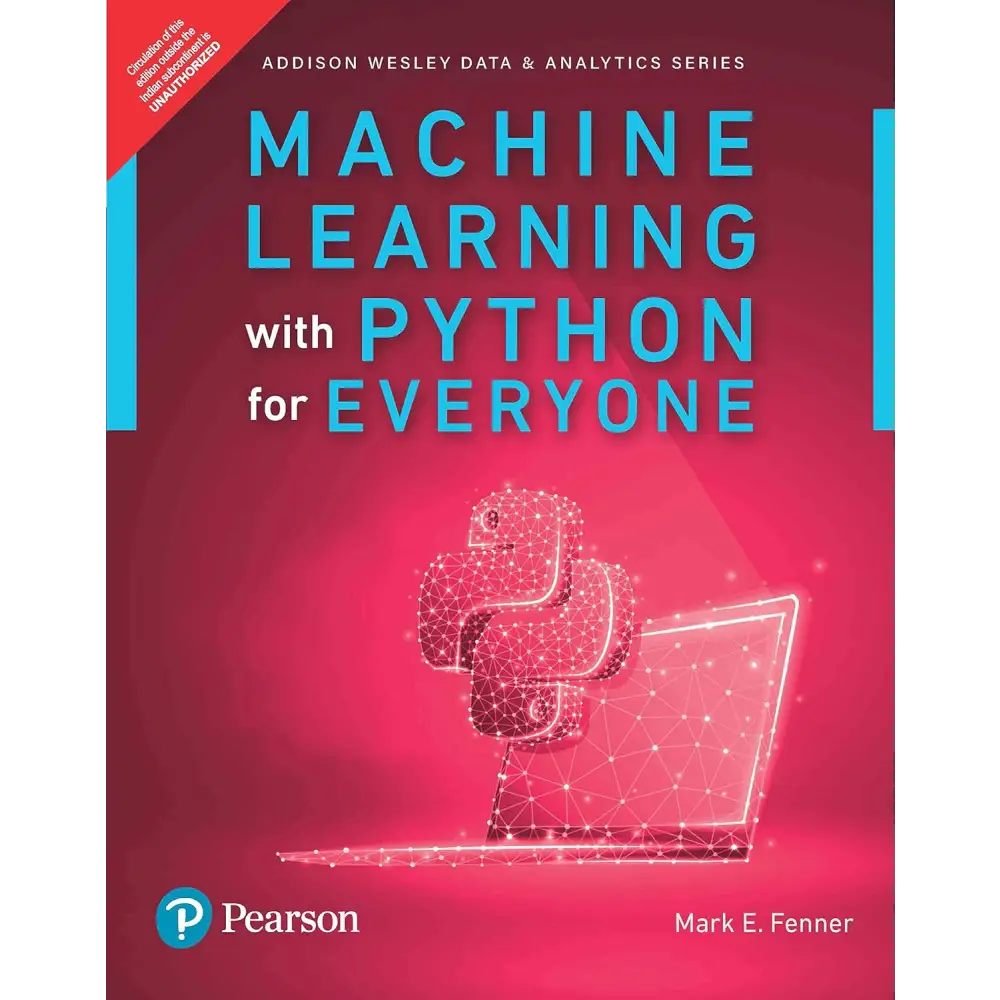BOOKZONE
Machine Learning with Python for Everyone (Paperback)
Paperback
by Mark E. Fenner
SKU:9789353944902
Bulk Discount Get Exta 5% upto 10%
Share

Students are crushing to master powerful machine learning techniques for improving decision-making and scaling analysis to immense datasets. Machine learning with Python for everyone brings together all they'll need to succeed: a practical understanding of the machine learning process, accessible code, skills for implementing that process with Python and the scikit-learn library, and real expertise in using learning systems intelligently.Reflecting 20 years of experience teaching non-specialists, the author teaches through carefully-crafted datasets that are complex enough to be interesting, but simple enough for non-specialists. Building on this foundation, the book presents real-world case studies that apply his lessons in detailed, nuanced ways. Throughout, he offers clear narratives, practical “code-alongs,” and easy-to-understand images -- focusing on Mathematics only where it’s necessary to make connection and deepen insight.
Table Of Contents:
Chapter 1: Let’s Discuss Learning
Chapter 2: Predicting Categories: Getting Started With Classification
Chapter 3: Predicting Numerical Values: Getting Started With Regression
Chapter 4: Evaluating And Comparing Learners
Chapter 5: Evaluating Classifiers
Chapter 6: Evaluating Regressors
Chapter 7: More Classification Methods
Chapter 8: More Regression Methods
Chapter 9: Manual Feature Engineering: Manipulating Data For Fun And Profit
Chapter 10: Models That Engineer Features For Us
Chapter 11: Feature Engineering For Domains: Domain-Specific Learning Online Chapters
Chapter 12: Tuning Hyperparameters And Pipelines
Chapter 13: Combining Learners
Chapter 14: Connecting, Extensions, And Further Directions
About the Author


